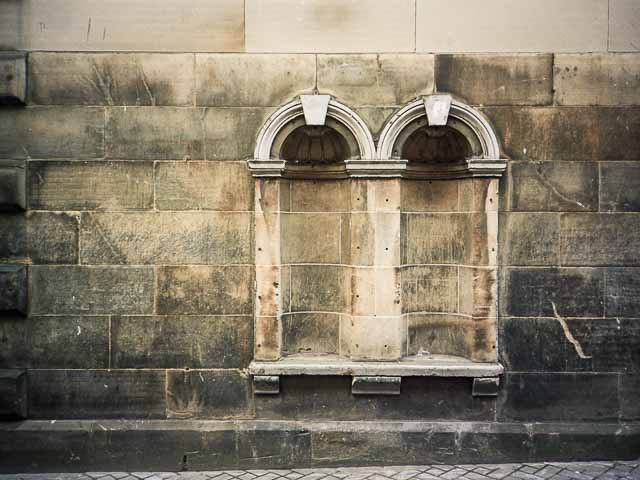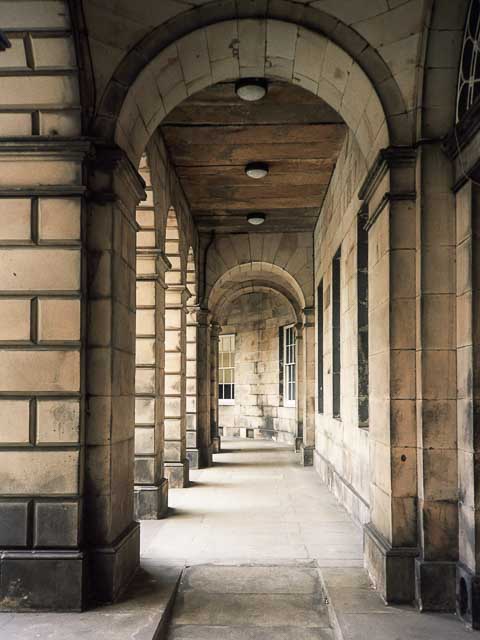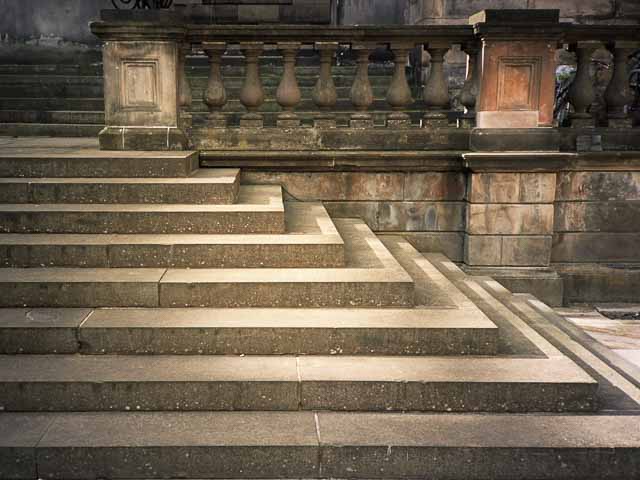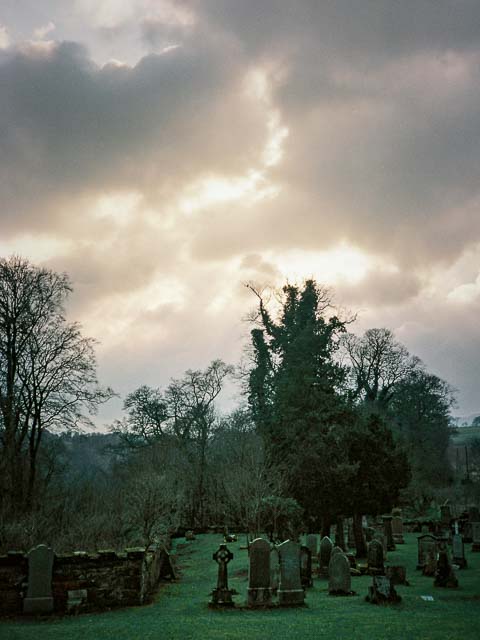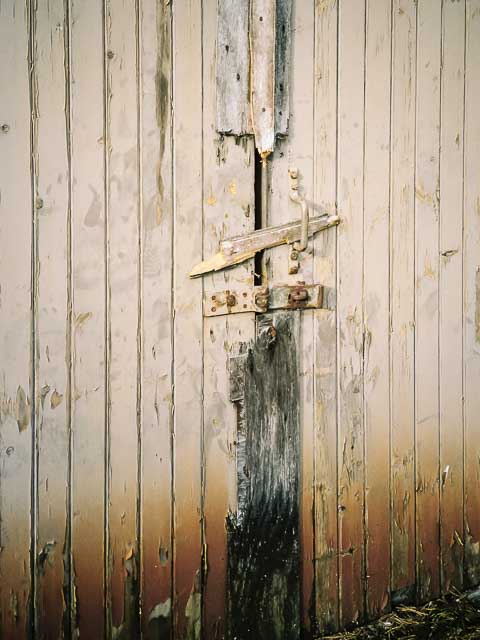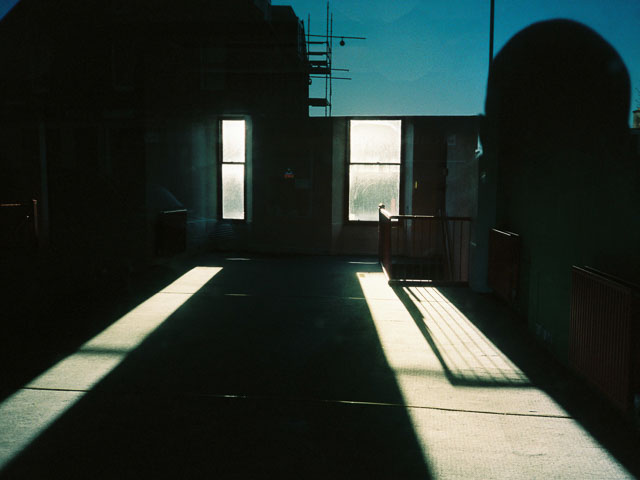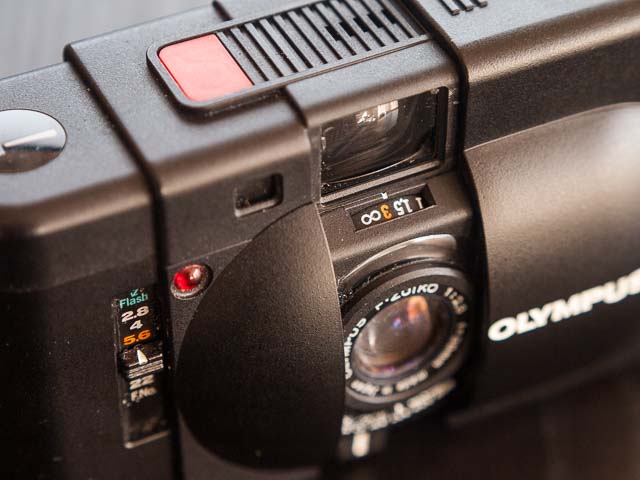Olympus XA
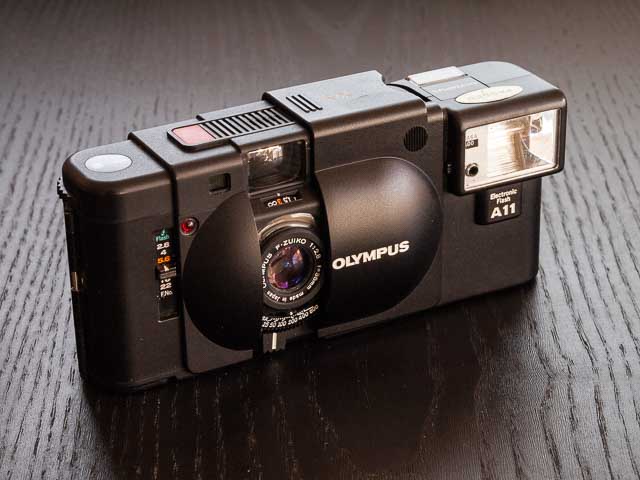
Throughout the 1980’s there was a boom in tiny but full-frame 35mm compacts. The trend really began in 1966 when Rollei launched their Rollei 35 camera and gained pace in 1974 when Minox introduced what remains to this day the smallest 35mm camera, the Minox 35 EL. But it was arguably Olympus that launched the first of the flood of 1980s models in 1979 with the Olympus XA.
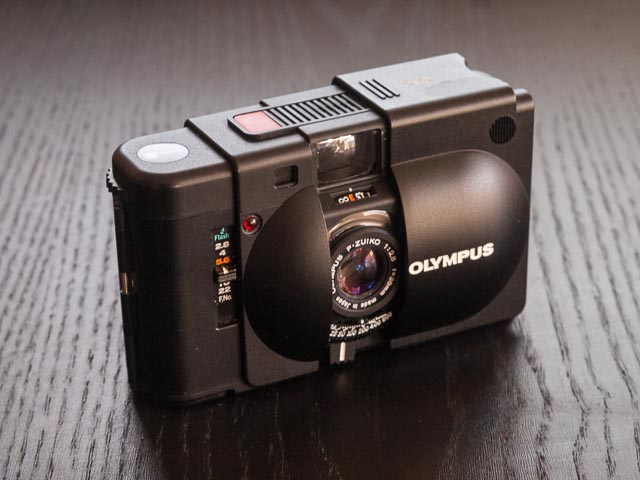
The Olympus XA has several features that made it unique amongst all these ultra-compact 35mm compacts, principle of which is the rangefinder focusing. The more expensive Rollei and Minox models all feature scale focusing which requires the user to guess the distance to the subject. But the Olympus XA has a split image coupled range finder (just like a Leica!) for precise focusing. Also both Rollei and Minox feature retractable or folding lenses to achieve their compact dimensions when stowed, but not the Olympus. The Olympus features a very high quality 6 element 35mm f/2.8 lens that doesn’t retract in any way. This required the use of a unique lens design that remains one of Olympus’ master pieces.
The Olympus XA features aperture priority automatic exposure with a read-out of the automatically selected shutter speed in the viewfinder. This allows the photographer to keep control of the relationship between aperture and shutter speed while the camera sets the exposure value. The photographer could change the exposure value determined by the camera either by adjusting the film speed setting or by using the leaver on the bottom of the camera to select a +1.5 stop back light setting.
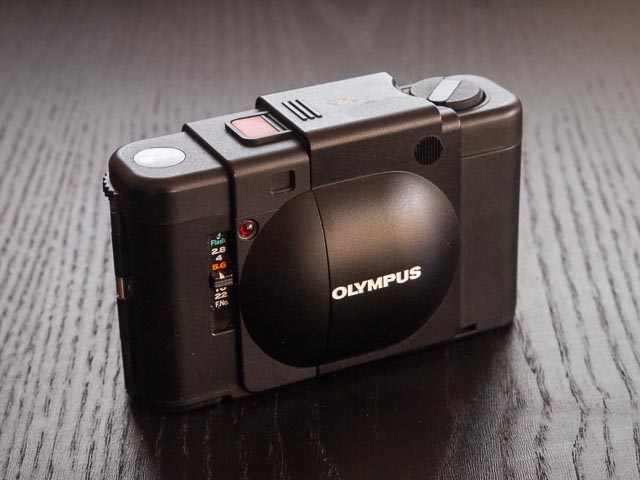
Olympus launched the A11 flash unit to go with the XA. The flash unit is very compact and integrates beautifully with the design of the camera. But it uses a unique fitting rather than a standard flash shoe which means you are limited to the Olympus units.
Olympus launched a range of simpler models without the rangefinder in the years following the launch of XA (the XA1, XA2, XA3 and XA4) but the original XA alway remained as the daddy of the range.
This particular example is in very nice condition, but doesn’t seem to be in fully working order. The problem is the needle that indicates shutter speed in the viewfinder is very sluggish and I don’t think it properly indicates the correct shutter speed. But when the shutter button is pressed the sound seems to indicate that the correct shutter speed is in fact being used by the camera. And when I ran a film through this camera all the exposures were spot on.
Photographs taken with the Olympus XA

